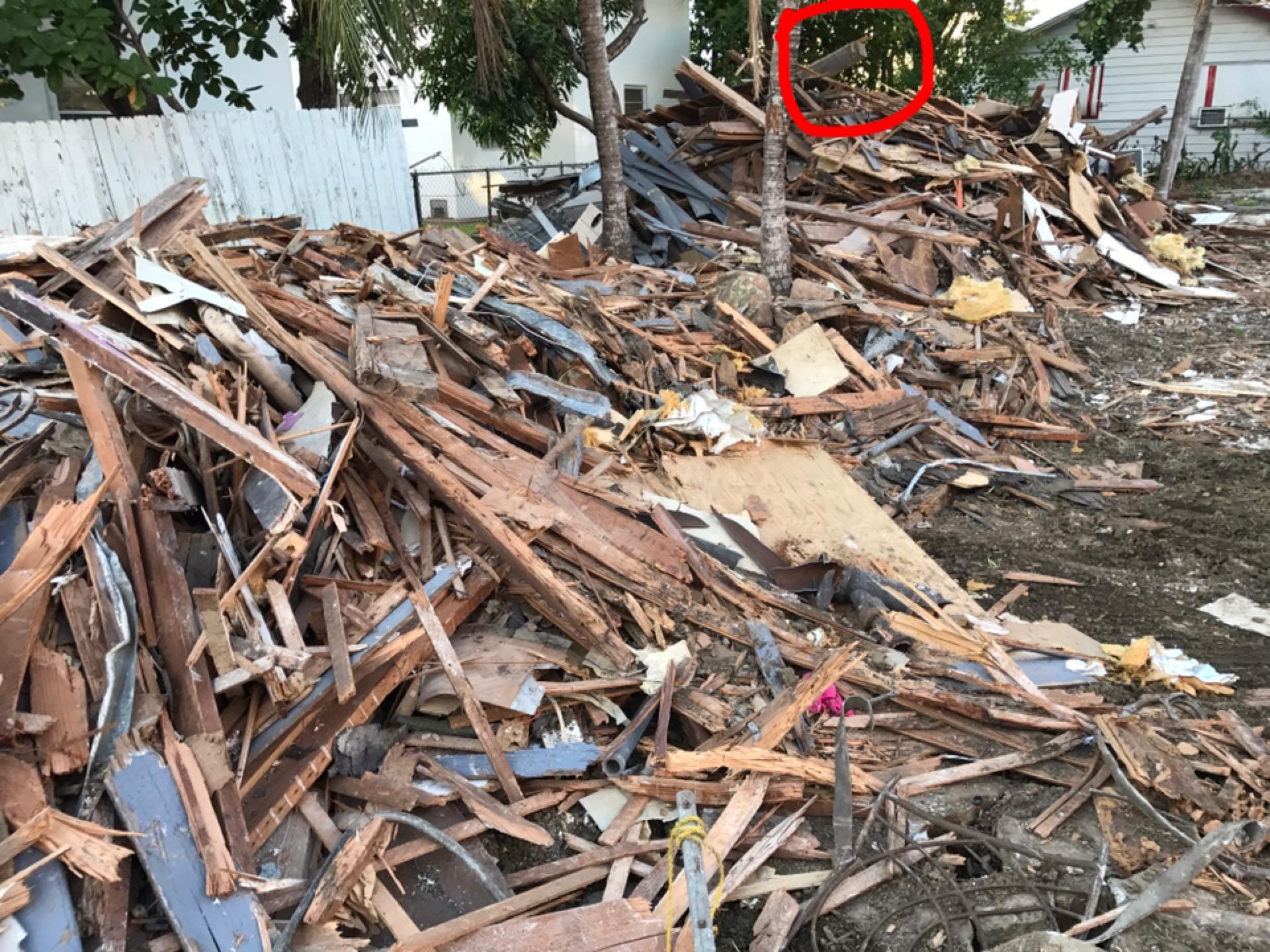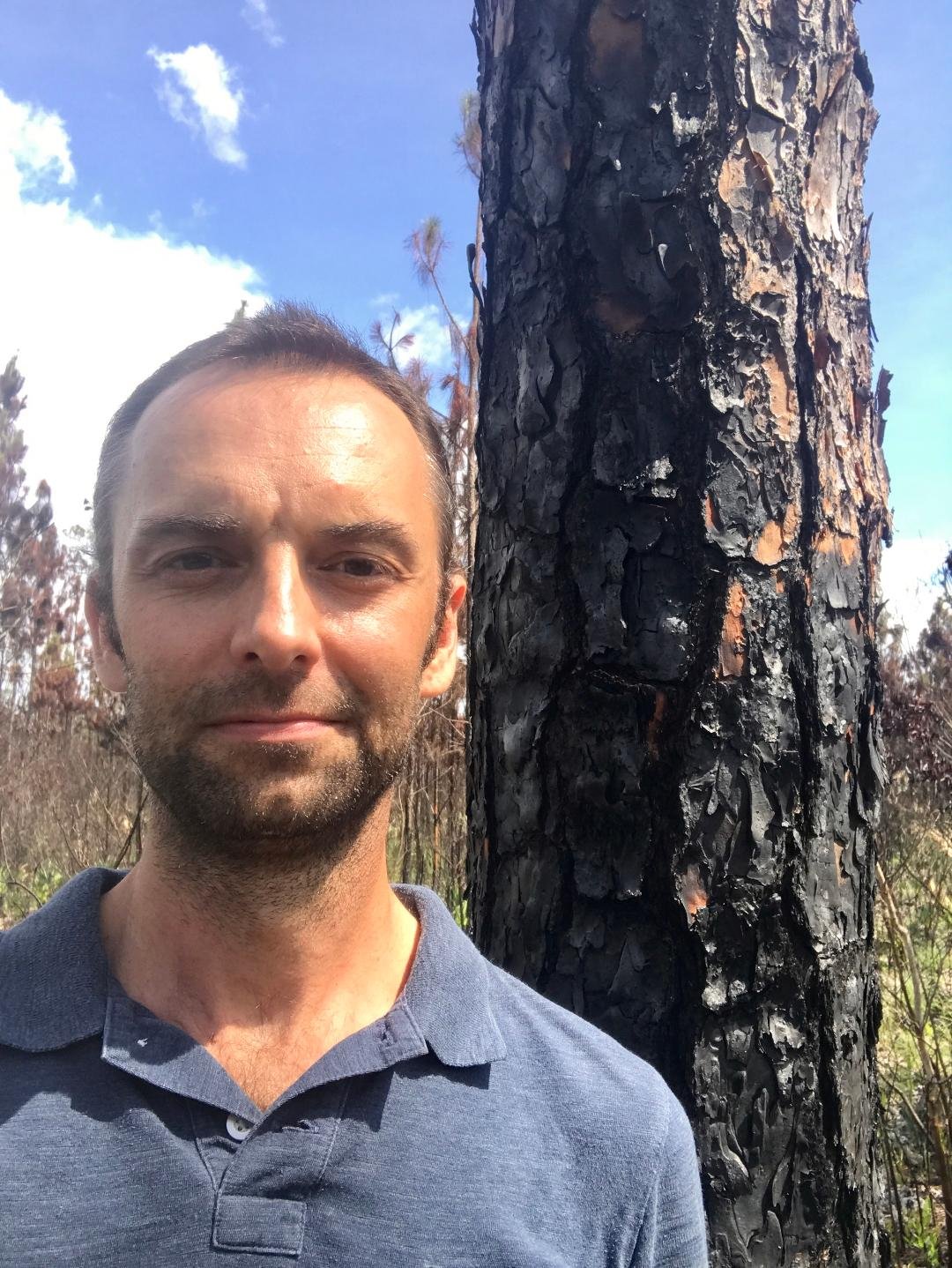"Before the land was drained and the water sent away, before the land grab, before the imbalance, there stood a pine, among many others. It was a mighty pine! It had grown slowly in the pine rockland of the Miami Rock Ridge, with a dense pitch to shield it from the harsh elements. Fires came and went and still, the pine grew.
Then it was cut, milled into lumber, and became a large beam under the floor of a house, which for almost 100 years was a home, a shelter, a refuge. All around, a great city sprung up, a tropical metropolis with shiny towers and sparkling riches. Almost all the pines were gone. The house fell into disrepair.
Soon after came the machine, which, in less than two days demolished the house into an unrecognizable pile of splinter, dust, and rubble. The musty smell of mildew and rusted pipes rolled over the mess. Amidst the destruction, underneath some wood lath and crumbled horsehair plaster lay the pine beam, bearing some scars and the patina of age, but otherwise unscathed- too strong to fall easy victim even to the backhoe’s claw.
The beam was pulled out, wrenched from the deceased home; painstakingly leveraged through the disarray, and saved. The beam needs to go back home, to where it belongs. It’s a journey and an atonement, through which we will learn.
This project entails the carrying, by hand, of a salvaged Dade county pine beam (six by six inches by sixteen feet long) into the heart of Long Pine Key trail, 2 1/2 miles west of the campground trail entrance, by a rotating group of pallbearers and attendees, to deposit it among the pines standing there. A modest ceremony will accompany the event, commencing with a Land Acknowledgment. Other than sanding off the patina and smoothing the edges, the beam will remain as it was found. The beam was salvaged from a house built in 1925, about 1 mile west of downtown Miami. The house was demolished in 2017. This project represents a profound recognition of land use by the National Park Service and will highlight ecological concern for the Everglades, sea level rise (which threatens the pine rockland ecosystem), and the power of community, as well as the human need to engage with the land as a vector for embracing our collective mortality."
-Nick Gilmore, 2017 AIRIE Fellow.
Support for Going Home is provided by Locust Projects through WaveMaker Grants, part of the Andy Warhol Foundation for the Visual Arts’ Regional Regranting Program, as well as Artists in Residence in Everglades (AIRIE) and The National Park Service.




